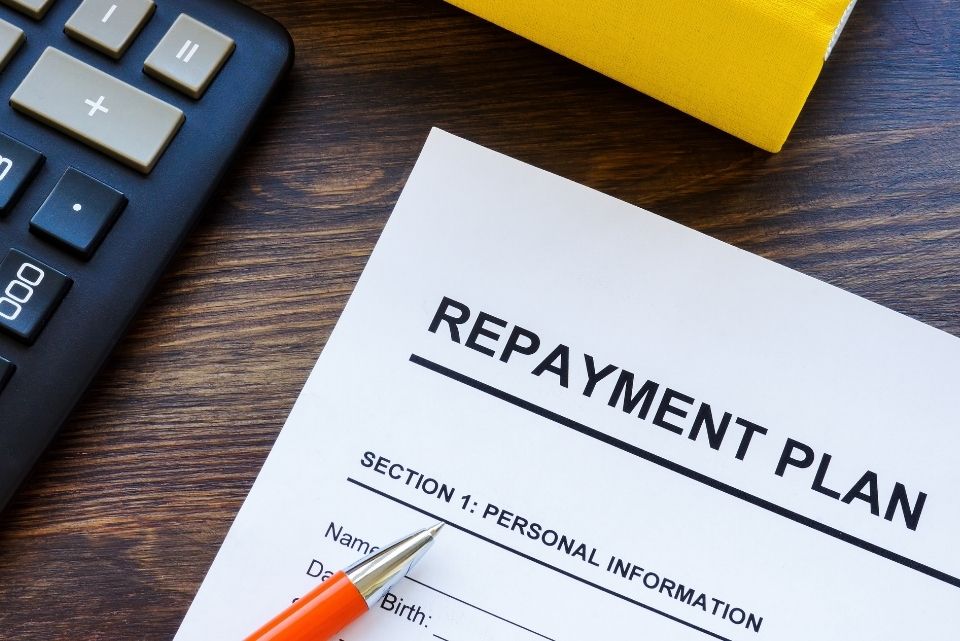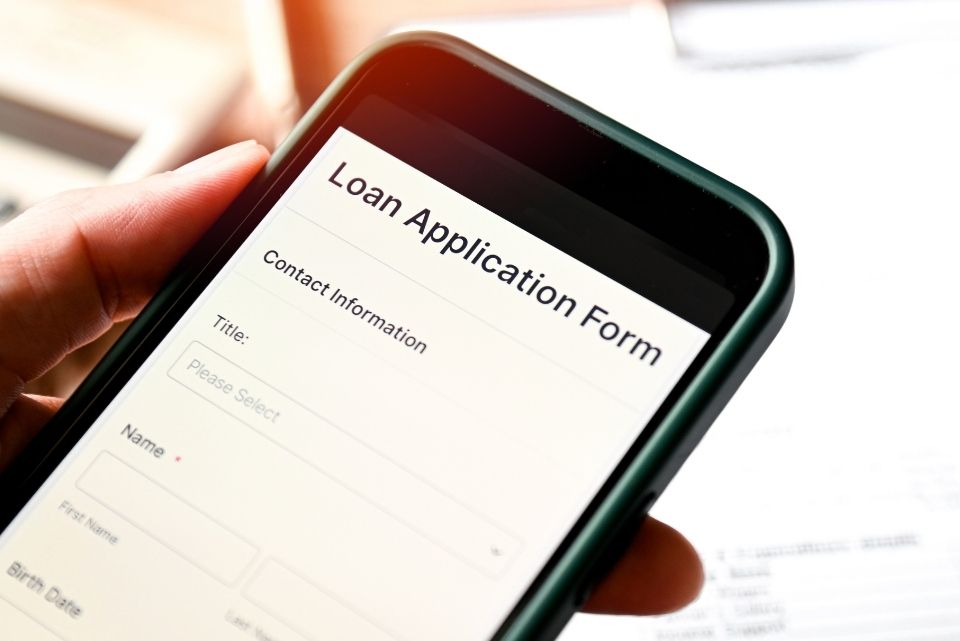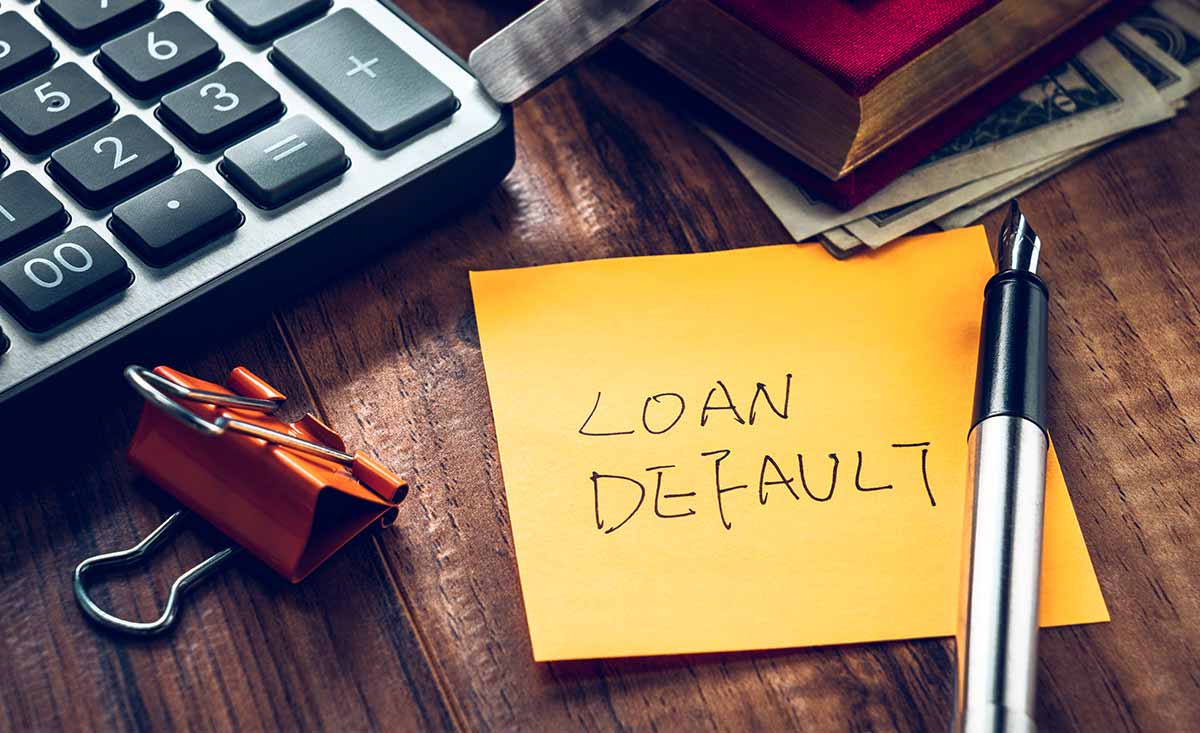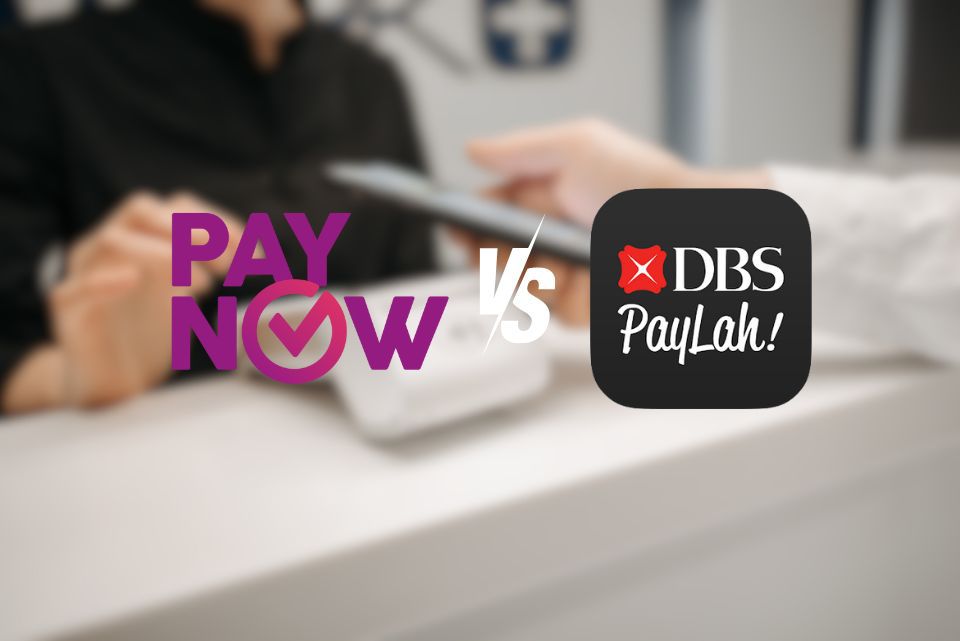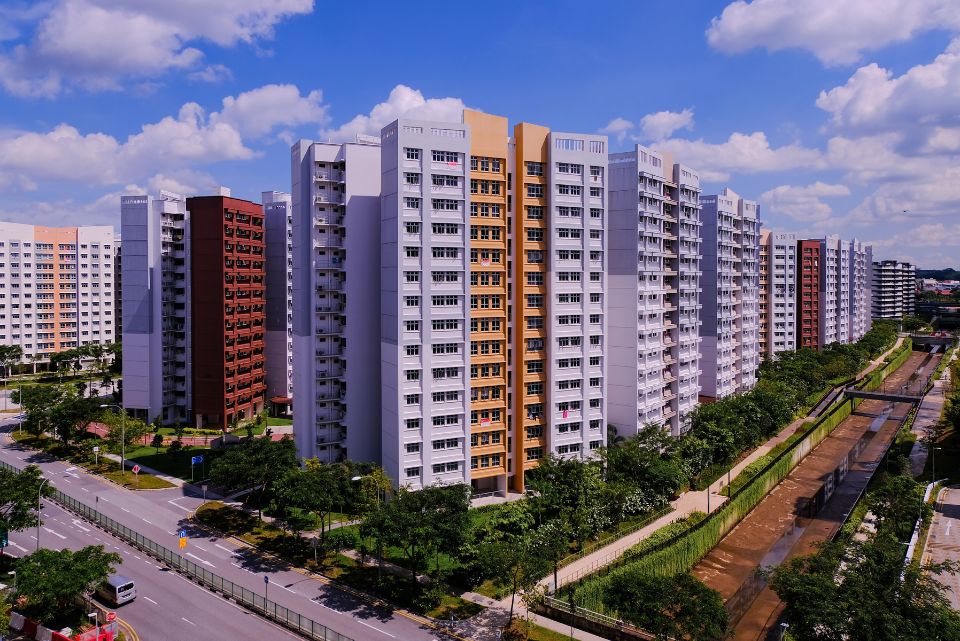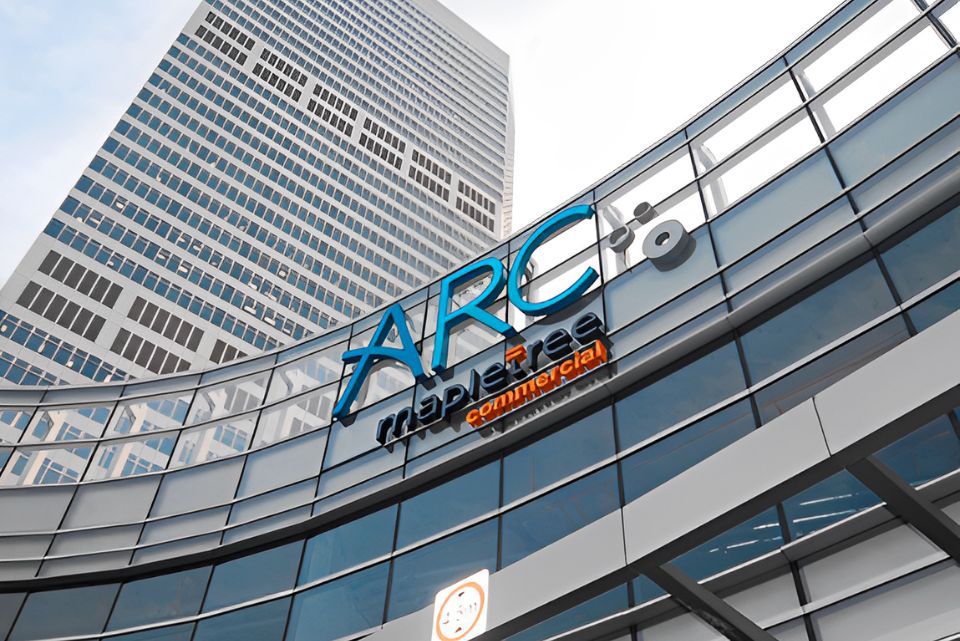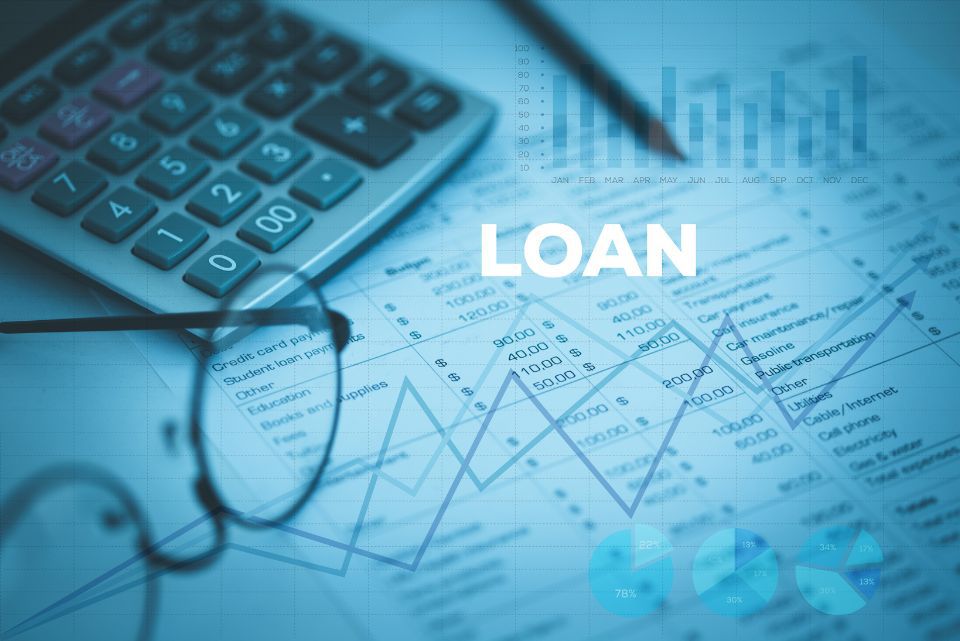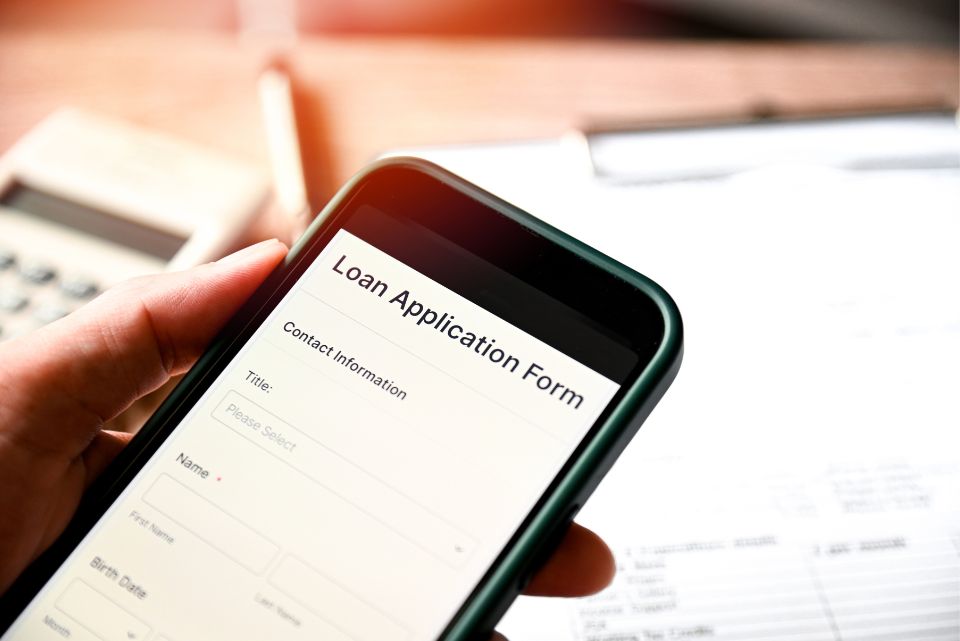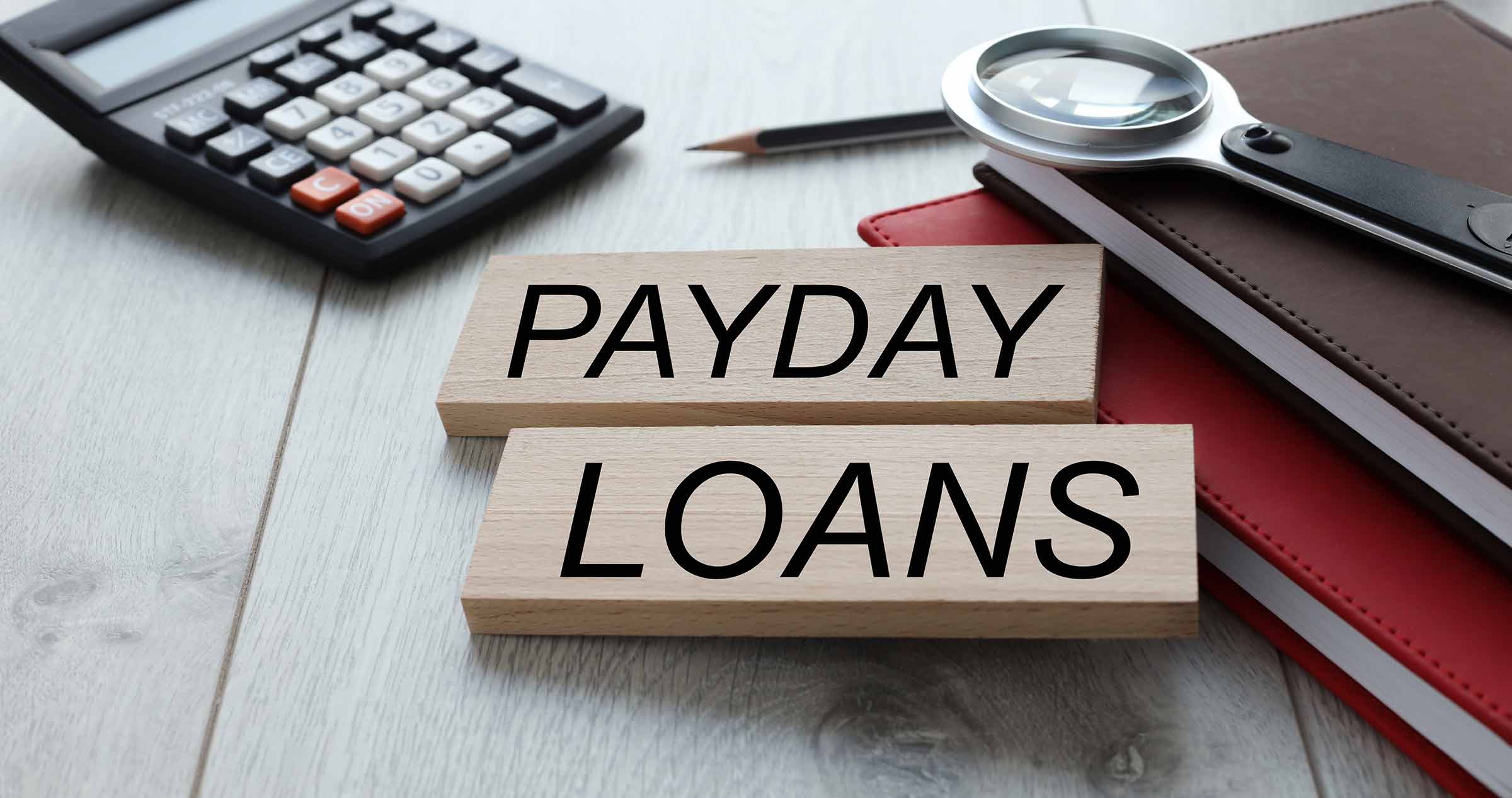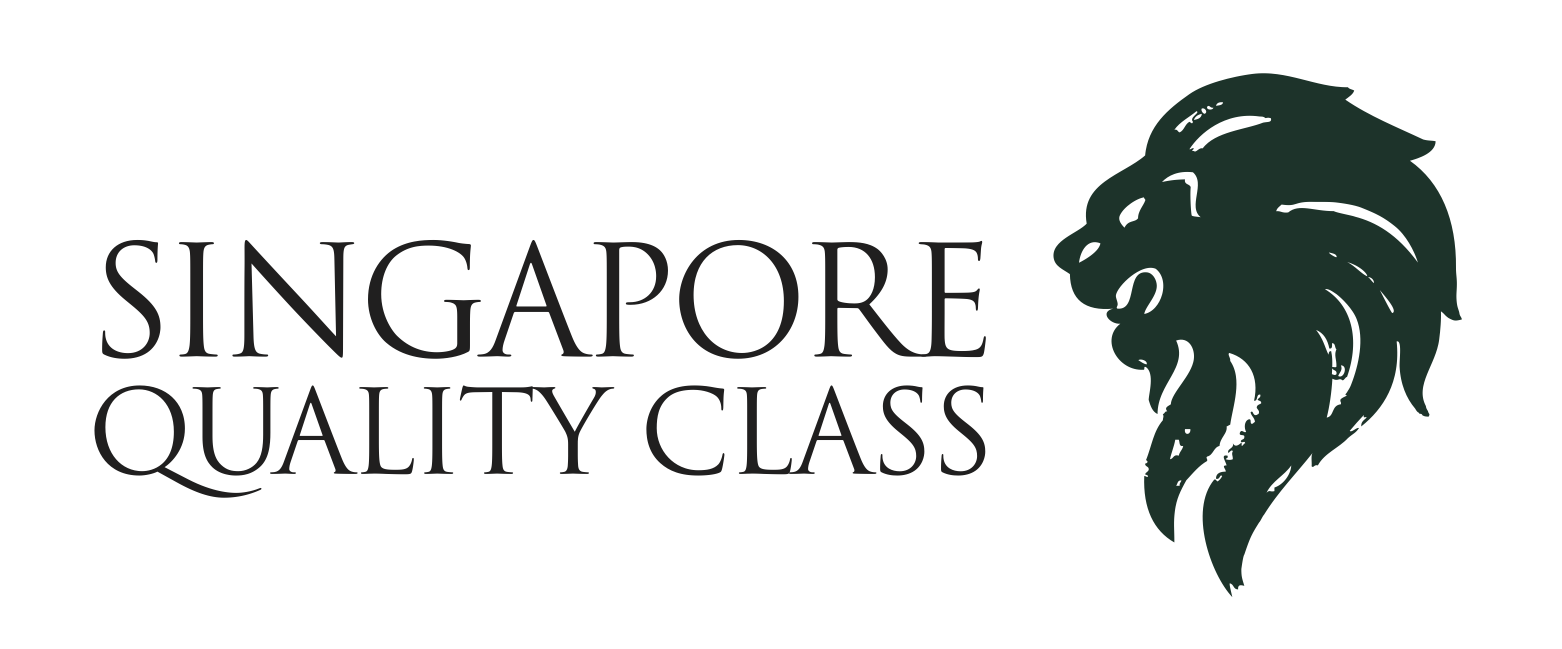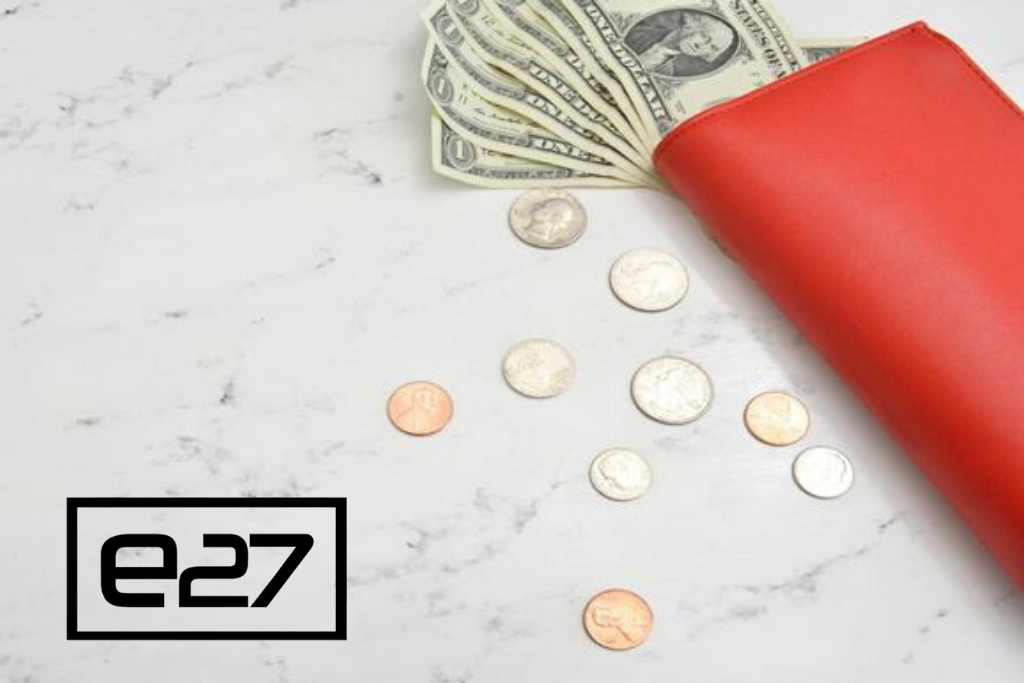
As your family grows, you might plan to buy a bigger property and sell your existing home. As you are still in the process of selling your property, your funds may not be enough.
Your savings might not be enough to cover the expenses of buying a new home. Moreover, borrowing from family members or friends may not always work.
But don’t worry. The government offers bridging loans for such instances. But what’s a bridging loan, and how does bridge financing work in Singapore?
What Is A Bridging Loan in Singapore?

A bridging loan in Singapore is a short-term financing solution designed to help individuals “bridge” the financial gap between selling their existing property and purchasing a new one. This will help them acquire a bigger and better property.
This type of loan is ideal for those who are in the process of selling their present property and need funds to cover expenses related to the purchase of a new home before they receive the proceeds from the sale of their old one.
It may be used as a downpayment or as payment for other property fees while you wait for the proceeds from the sale of your previous home.
Moreover, note that bridging loans are usually repaid in six months. Most banks can charge an interest rate of 5–6% per annum for bridging loans. The net proceeds and CPF balances from the authorised sale of your current home set a limit on the maximum loan amount you are eligible to borrow.
Here’s a quick summary of what you need to know about bridging loans offered by banks.
| Bank Bridging Loans | |
|---|---|
| Maximum Loan Amount | The maximum loan amount that you can borrow depends on the net proceeds and CPF balances from the approved sale of your current home. |
| Maximum Loan Tenure | This loan needs to be repaid within 6 months |
| Interest Rates | Interest rates vary at various banks or financial institutions. On average, it ranges from 5% to 6% per annum. |
What Are The Reasons For Taking Out A Bridging Loan?
Here are some key situations where opting for a bridging loan can be advantageous.
- Collective Property Sale. In an en bloc sale, acting quickly is advised to find a new house. Bridging finance provides the funds needed to avoid delays and rising house costs. The timely acquisition of your new home is crucial.
- Post-renovation property sale. To sell your old property at a good value, renovation may be needed. This needs more funds. In such cases, a bridging loan emerges as a practical solution. Alternatively, considering a renovation loan specifically for the old property is also an option.
- Property Upgrade. A prevalent reason for opting for a bridging loan is the need to upgrade your property. For example, selling your old HDB flat to acquire private property may necessitate a substantial down payment. Unless you have a significant amount of available cash, a bridging loan becomes a valuable resource for financing the down payment and associated fees.
So, How Does A Bridge Financing Works In Singapore?
Here’s how a bridging loan typically works:
Bridging the Financial Gap
Bridging loans act as a financial bridge, providing borrowers with the necessary funds to make a downpayment or cover other expenses associated with the acquisition of a new property.
Temporary Solution
Bridging loans are short-term in nature and are intended to be repaid once the sale of the old property is completed. The loan helps borrowers manage their finances during the transitional period between selling and buying.
Property-Related Expenses
Borrowers can use the funds from a bridging loan to meet various expenses, including downpayments, legal fees, stamp duties, and other costs associated with the property transaction.
Upgrade or Downgrade
People who are planning to upgrade or downgrade their homes frequently use bridging loans. For example, someone selling their existing flat to purchase a larger one may use a bridging loan to facilitate the purchase while awaiting the sale proceeds.
Risk Considerations
While bridging loans can be beneficial in facilitating a smoother property transition, borrowers should be aware of the risks involved. If the sale of the old property takes longer than expected or encounters complications, it may result in challenges in repaying the bridging loan on time.
What Are The Top Considerations When Obtaining A Bridging Loan in Singapore?
Interest Rate
Bridging loans typically carry higher interest rates compared to standard home loans, ranging from 5% to 6% p.a. It’s crucial to be aware of these rates and explore options with the bank or financial institution, such as the possibility of paying off the interest first before settling the principal amount once you receive sales proceeds from your old property. Licensed moneylenders are subject to a maximum interest rate of 4% per month.
Monthly Repayments
Assess your financial situation by asking if you have sufficient savings in case your income falls short of covering monthly repayments. Consider whether you can afford these repayments along with the mortgage for your new home. In the event that payments are not completed on time, late interest rates and fees may be applied. This highlights the need to determine whether or not you are able to fulfil your monthly commitments effectively.
Learn more about monthly instalment loans.
Loan Amount
While bridging loans can finance up to 25% of the new property’s purchase price, it’s advisable to borrow only what is necessary. Given the high-interest rates and short loan tenure, limit your borrowing to cover the down payment and complete the property transaction.
Loan Tenure
The repayment period for bridging loans varies among banks but is typically within six months. Carefully assess the amount you intend to borrow, considering the impact of interest rates and loan tenure on monthly repayments.
Risks
Recognise the inherent risks associated with bridging loans. These loans typically involve borrowing a sizable sum before receiving the proceeds from the sale of your previous home. With higher interest rates and a brief repayment period, carefully weigh these factors. In the event of a failed property sale, inquire about exit clauses and potential penalties from your loan provider.
Terms and Conditions
Understand that the terms and conditions of bridging loans vary between banks. You ought to make it a top priority to become acquainted with the particulars of the loan arrangement, which should include any prospective hazards, and to incorporate these worries into the process by which you end up making your decision.
How To Apply For A Bridging Loan in Singapore?
Property owners may easily get bridging loans from top Singaporean banks providing home loans, such as DBS, OCBC, and UOB, which provide these extra loans.
To be approved for a bridging loan, you must qualify for a home loan. While specific requirements may vary among banks, the common practice is for applicants to open a bank account with the chosen institution.
Once registered, the bank meticulously reviews the information and documents submitted as part of the bridging loan application. Most banks respond within a few days, although time constraints can become a pressing issue in certain situations.
Beyond time considerations, the approval process often involves a comprehensive evaluation, with banks typically imposing stringent criteria. This may include a requirement for a high credit score, proof of a stable income, and a consistent employment history.
What If You Don’t Qualify For A Bridging Loan In Singapore?
You may consider turning to a licensed money lender for a personal loan. This alternative financing option can provide the necessary funds to cover expenses associated with the purchase of a new property.
Discover if you are eligible for a personal loan today.
The Bottom Line
A bridging loan serves as a short-term financing tool to cover the cost of getting a new property while selling your existing home.
Consider interest rates, loan tenure, loan amount, terms, and risk when getting a bridging loan. Make sure to carefully read and understand the terms and conditions to make informed decisions.
To be approved for a bridging loan, you need to qualify for a bridging loan. If you’re not qualified for a bridging loan, you may opt for a personal loan from a licensed money lender.
With a licensed moneylender such as Crawfort, it only takes 8 minutes to get approved for your loan application.





























